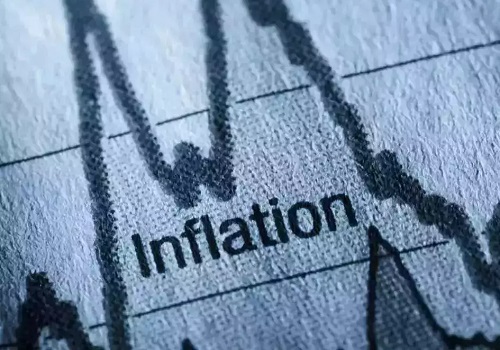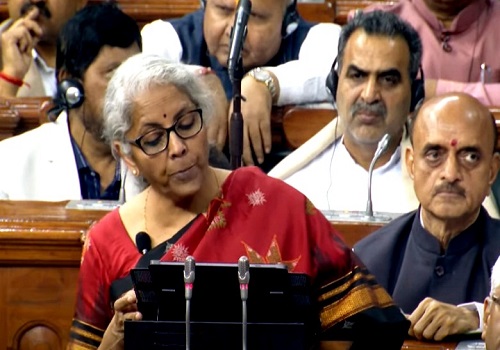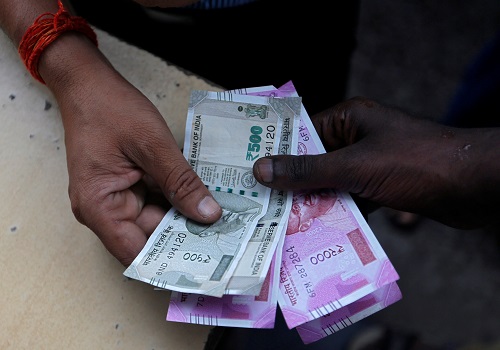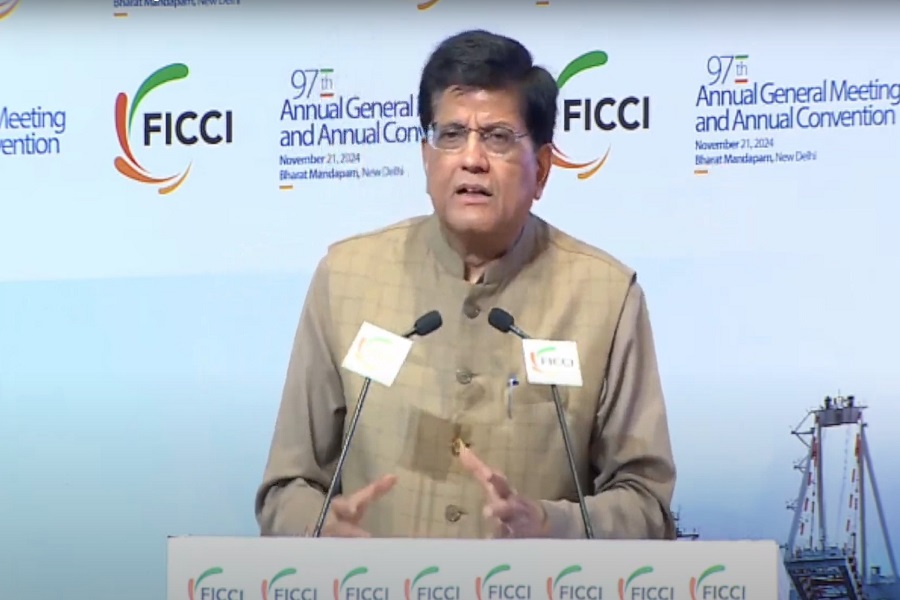Strong Signal by Regulator to Control Unsecured Personal Loans By CareEdge Rating

Follow us Now on Telegram ! Get daily 10 - 12 important updates on Business, Finance and Investment. Join our Telegram Channel
Summary
RBI has issued a notification to all lenders for inter alia an increase in risk weights by 25% on unsecured consumer credit (excluding housing, education, vehicle and by gold loans), increase in risk weights by 25% of bank credit to NBFCs assigned for the AAA-A rated portfolio, excluding PSL-compliant loans and HFCs and review / include sectoral limits for such loans. The personal loans as well as advances to NBFCs have been growing strongly and have been the primary driver of incremental bank credit. We see this as a strong signalling impact to deter growth in the unsecured space while lenders are well-capitalised to manage decrease in CRAR which is anticipated to be around 25-45 bps. Meanwhile, the proportion of bank lending to larger NBFCs could be pared down as they approach the capital market, while aggregate dependence of mid-sized NBFCs on the banking sector for funding is likely to remain high despite an anticipated increase in lending cost by 25-30 bps. This could incentivize securitisation as a liability source for NBFCs.
RBI’s Regulatory Action
* RBI had been indicating its concerns over the growth in unsecured loans space in anticipation of a potential risk buildup. As a logical next step, RBI has now hiked the risk weights to the segment especially the unsecured loans segment.
* Risk weight of consumer credit exposure (outstanding as well as new) hiked by 25% for banks, while housing, education, vehicle and by gold and gold jewellery loans have been excluded,
* Risk weight of consumer credit exposure (outstanding as well as new) hiked by 25% for NBFCs, microfinance/SHG loans along with the above segments have been excluded.
* Credit card receivables risk weights increased by 25% to 150%/125% for SCBs/NBFCs respectively.
* Risk weight of bank credit to NBFCs also increased by 25% for NBFCs rated between AAA-A, while BBB and below which have risk weighting of 100% or more not to face increase in risk weights. Loans to HFCs, and PSL compliant loans will not attract higher risk weights.
* Additionally, all lending institutions would have to review and put in place sectoral /sub-segment exposure limits for consumer credit as part of prudent risk management. Unsecured consumer credit exposure limits would have to be strictly adhered to and monitored on an ongoing basis by the Risk Management Committee.
Strong signalling impact to deter growth in consumer credit while banks well-capitalised to manage impact on CRAR
Impact on Consumer Credit Lending: Banks and larger NBFCs could witness a partial slow down, while Fintechs which operate in the comparatively higher yield segment too would likely see an impact on growth, the impact on margin would not be similar. Meanwhile, co-lending partnerships between banks and NBFCs or fintech firms, might see some impact as banks may seek to compensate for the increased cost of capital by raising hurdle rates for colending arrangements. The lenders are anticipated to increase their pricing of these loans to partially cover the requirements to increase the capital buffers.
Figure 1: Growth in Personal Loans/ Credit Cards/ Other Personal Loans Stronger than Overall Credit

Limited Impact on Capital: Currently, capital levels are quite comfortable for banks and NBFCs. An initial back of the envelop calculations with certain assumptions suggest that the impact on capital adequacy i.e. CET-1 would be ~25-45bps for banks and NBFCs. Banks have sufficient cushion to absorb this impact along with the impact of ECL computation and as a whole should not need to raise additional capital. However, this might vary for some smaller banks.
Figure 2: CET-1 Ratio Median (%) – Banks Stand Much Above than Regulatory Requirements

Figure 3: CAR Median (%) – Banks Stand Much Above than Required Level

The proportion of Bank Lending to Larger NBFCs could be pared down, while rates may witness an increase
The credit exposure of banks to NBFCs stood at Rs 14.2 lakh crore in September 2023, indicating a 26.3% yearon-year (y-o-y) growth which has been higher than aggregate bank credit growth. This expansion is indicative of the robust progress observed in NBFCs during the post-pandemic period. Furthermore, the proportion of NBFC exposure in relation to aggregate credit has risen from 8.9% in September 2022 to 9.4% in September 2023.
Above views are of the author and not of the website kindly read disclaimer



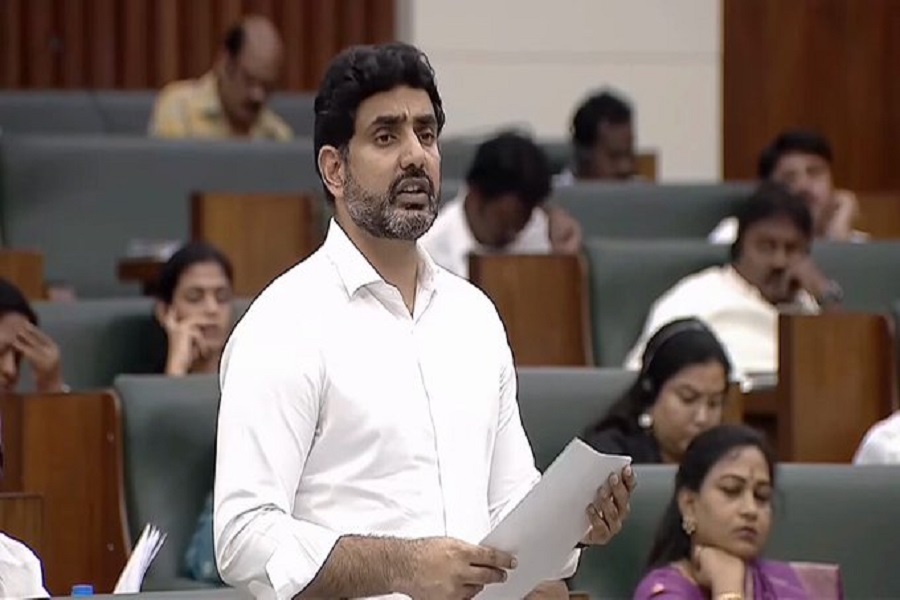
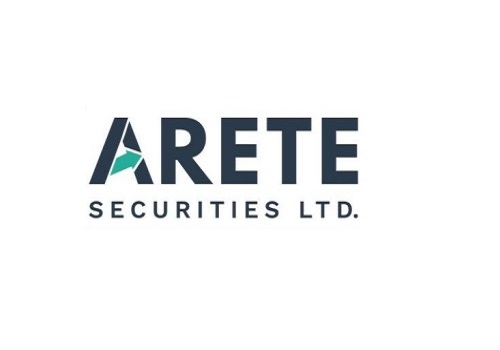





More News

SBICAPS Report - EcoCapsule- From K-Shaped Recovery To K-Shaped Narratives


